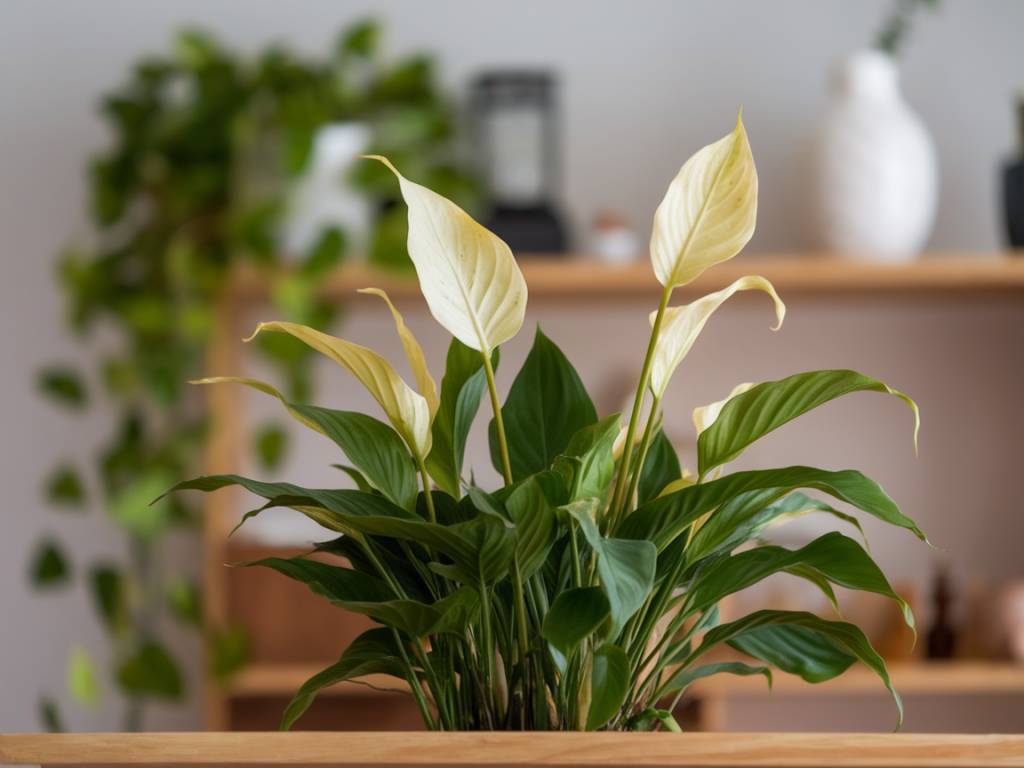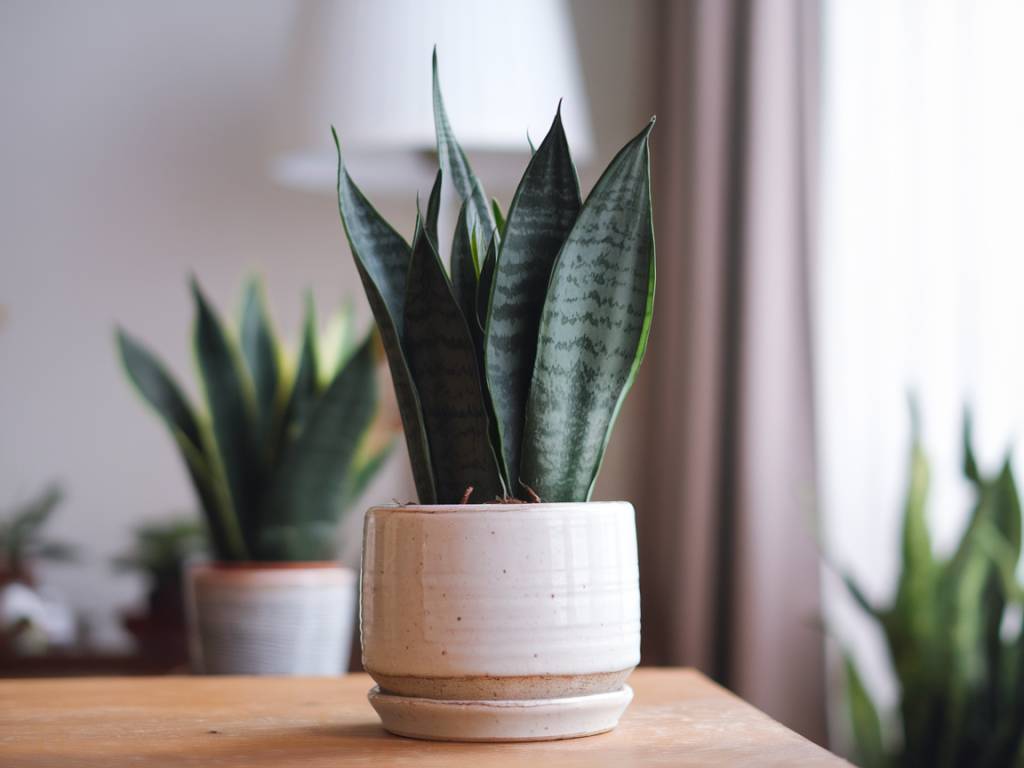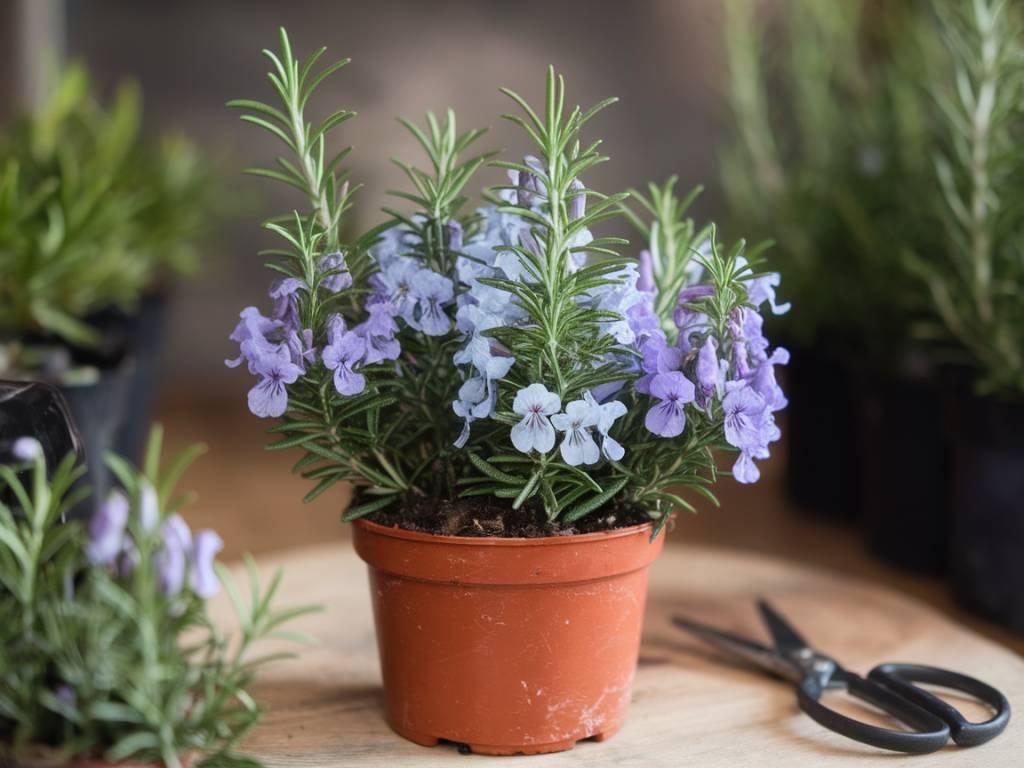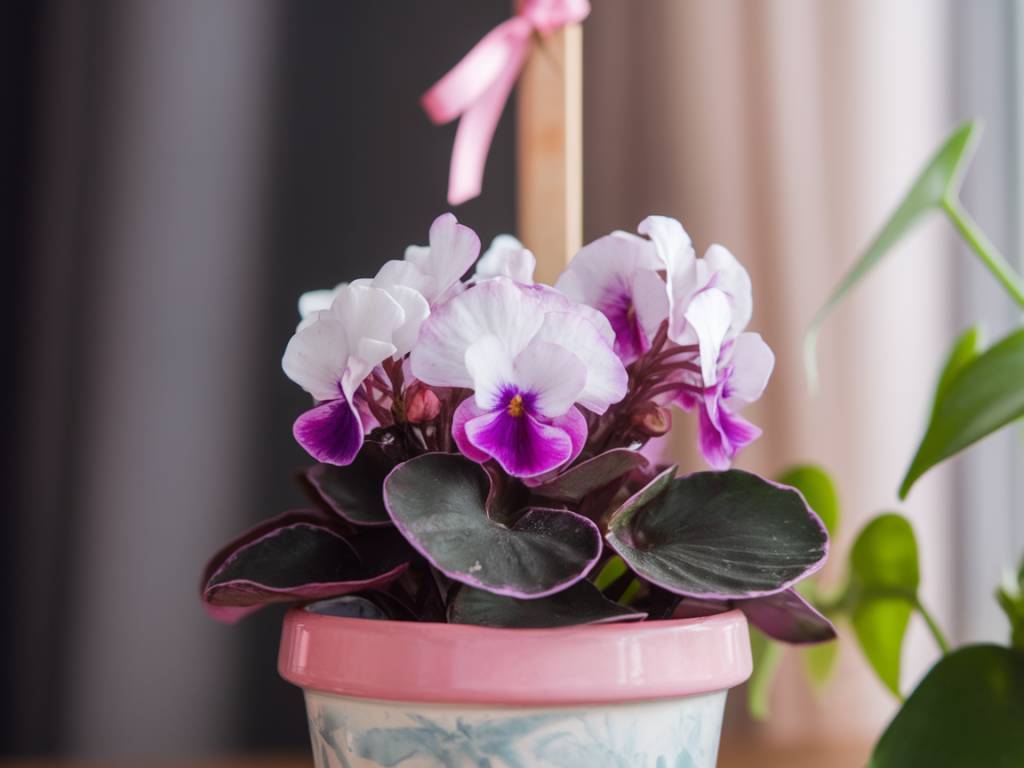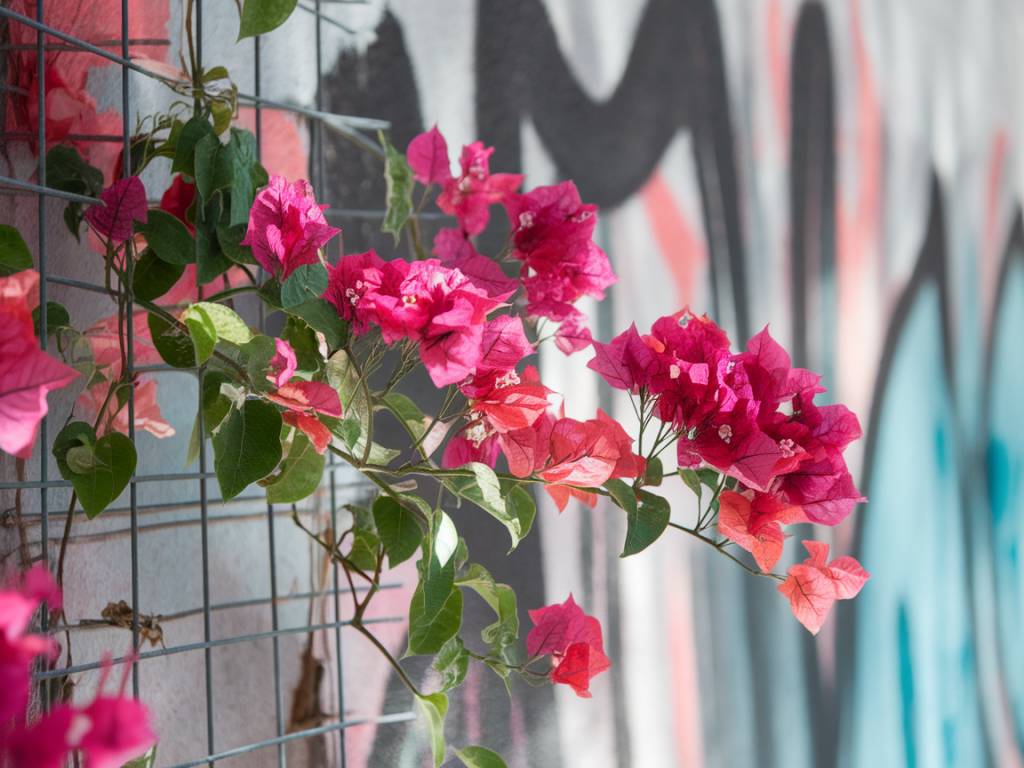Peace Lilies, with their lush green leaves and elegant white blooms, are a popular choice among indoor gardeners. However, they can present a handful of challenges. I’ve had my fair share of trials and errors with Peace Lilies. Over time, I’ve learned some valuable techniques to address common issues effectively. Allow me to guide you through reviving your Peace Lily.
Understanding the Basics
Peace Lilies (Spathiphyllum) are native to tropical regions and prefer a specific set of conditions. Understanding their natural habitat helps in emulating these conditions at home.
They thrive in warm, humid environments with filtered light. Peace Lilies dislike direct sunlight, as it can scorch their leaves. Instead, they do well in indirect light, making them perfect for homes with moderate lighting.
Common Issues and Their Solutions
Yellowing Leaves
One of the most common issues with Peace Lilies is yellowing leaves. Yellow leaves can indicate several problems. Here’s how to tackle each possible cause:
- Overwatering: Peace Lilies are sensitive to overwatering. Ensure the soil is moist but not waterlogged. Allow the top inch of soil to dry out before watering again. Consider using a well-draining potting mix and a pot with drainage holes.
- Underwatering: On the flip side, underwatering can also cause leaves to turn yellow. If the soil feels dry several inches below the surface, it’s time to water your plant.
- Direct Sunlight: Exposure to direct sunlight can cause leaf burn, leading to yellowing. Ensure your Peace Lily is placed in a spot with indirect light.
- Nutrient Deficiency: Occasionally, yellowing leaves can be due to a lack of essential nutrients. Consider fertilizing your Peace Lily with a balanced houseplant fertilizer every six weeks during the growing season (spring and summer).
Brown Leaf Tips
Brown leaf tips are another common issue and can be distressing. Here’s how to address it:
- Low Humidity: Peace Lilies love humidity. Brown tips can be an indication of dry air. Increasing the humidity around your plant can help. Mist the leaves regularly or place a humidifier nearby. Another trick is to place the pot on a tray filled with pebbles and water, ensuring the pot does not sit directly in the water.
- Over-Fertilization: Excess fertilizer can cause brown tips. Always follow the recommended dosage and frequency when feeding your plant. If you suspect over-fertilization, flush the soil with water to remove excess salts.
- Type of Water: Tap water with high chlorine or fluoride levels can cause this issue. Use filtered or distilled water if possible. Letting tap water sit out overnight can also allow some chemicals to dissipate.
Drooping Leaves
Drooping leaves often indicate an issue with watering. Here’s how to diagnose and fix the problem:
- Underwatering: If the leaves are wilting and the soil is dry, your Peace Lily is likely thirsty. Thoroughly water the plant and it should perk up within a few hours.
- Overwatering: Constantly wet soil can also cause drooping leaves. Check the roots for signs of rot. Healthy roots are white and firm, while rotting roots are mushy and brown. If you find root rot, you may need to trim the affected roots and repot the plant in fresh, well-draining soil.
Fungus Gnats
These tiny pests can become a nuisance if your Peace Lily’s soil is kept too moist. To address this:
- Avoid overwatering to keep the top layer of soil dry.
- Consider using a layer of sand or gravel on the soil surface to deter gnats from laying eggs.
- Introduce beneficial nematodes to the soil, which naturally prey on gnat larvae.
Encouraging Blooms
One of the main reasons people love Peace Lilies is for their striking white blooms. If your plant isn’t flowering, consider these tips:
- Ensure the plant is receiving enough indirect light. Peace Lilies need bright, indirect light to bloom well.
- Feed your plant with a high-phosphorus fertilizer during the growing season.
- Keep the plant in a consistently warm environment. Avoid placing it near drafts or cold windows.
Repotting Your Peace Lily
Peace Lilies benefit from occasional repotting, typically every 1-2 years. Signs that your plant may need a new pot include roots growing out of the drainage holes and the soil drying out more quickly than usual. When repotting:
- Choose a pot that is one size larger than the current one.
- Use a well-draining potting mix. A mixture of peat, pine bark, and perlite works well.
- Gently remove the plant from its current pot, being careful not to damage the roots.
- Place the plant in the new pot and fill in around the roots with fresh potting mix, pressing gently to eliminate air pockets.
- Water thoroughly after repotting.
Caring for Peace Lilies in Winter
During the colder months, Peace Lilies require some extra attention. Their growth slows down, and they are more susceptible to issues:
- Reduce watering, as the plant will need less water during its dormant period. Allow the top inch of soil to dry out before watering again.
- Maintain humidity levels. Winter air can be particularly dry due to heating systems, so keep misting the leaves or use a humidifier to maintain appropriate moisture levels.
- Avoid placing the plant near heaters or radiators, as this can cause dry air and leaf damage.
- Ensure the plant still receives sufficient light, but protect it from cold drafts and temperatures below 15°C (59°F).
Taking care of a Peace Lily requires a bit of attention to detail, but the rewards are well worth it. By understanding their needs and addressing common issues, you can enjoy a thriving, beautiful plant that adds a touch of nature to your indoor space.
Happy gardening!
Samanta

